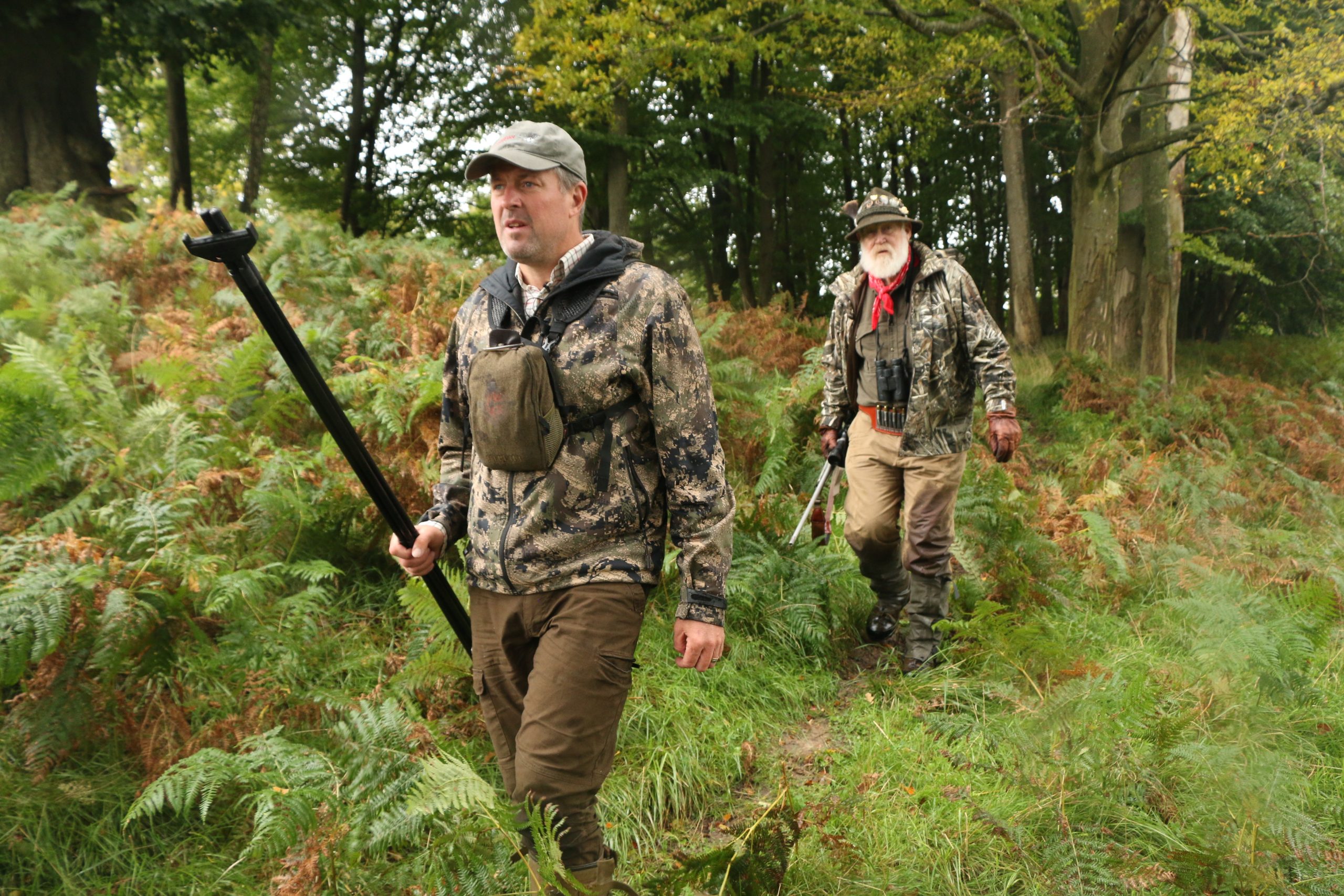For 25 years, researchers have been blamed for the disappearance of wild dogs in the Serengeti National Park (SNP).
Called “Burrows’ Hypothesis,” a 1991 study attributed a common research technique of handling wildlife to the demise of the dog population. Since all the dogs were gone, there was not enough data to prove or disprove the theory, so it remained.
But, a new study sheds light on the success of the research technique on a group of wild dogs just outside of Serengeti National Park.
This comparison by Norwegian Institute for Nature Research stresses that early researchers’ handling and movement of the canines inside SNP “had no effect on wild dog survival.”
Of the 121 wild dogs handled just outside SNP from 2006 to 2016, over 85 percent of dogs lived for at least 12 months. In addition, over 95 percent of the 67 dogs that underwent higher stressed conditions with more enclosure time also survived at least twelve months afterwards.
Disproving the Burrows Hypothesis, the new study claims the abundance of lions and hyenas is what keeps the wild dogs from settling in this productive ecosystem.
The SNP’s habitat at first glance seems to be the perfect place for wild dogs: a well-protected World Heritage Site with annual migrations of zebras, antelopes, and other prey as a great food source. However, wild dogs are considered lower level predators since other carnivores like lions can steal prey away from them after the dogs made the initial kill. This intimidation of the lion to steal the wild dog’s food is called kleptoparasitism, which is seen in many forms across various ecosystems from the carnivores of the Serengeti, to water crickets in Europe, and predatory seabirds (such as skuas) in the Arctic regions.
Lower level predators like wild dogs tend to find less productive habitats as to avoid competition with other large carnivores.
African Wild Dogs (Lycaon pictus) are endangered with a population of about 1,400. Even when thriving in an area, the wild dogs are rarely seen. The main documented reasons for their decline is habitat fragmentation, conflict with livestock and farmers, accidental death such as snares and road collisions, and disease.
Source: Journal of Ecology and Evolution
Science Terms 101



